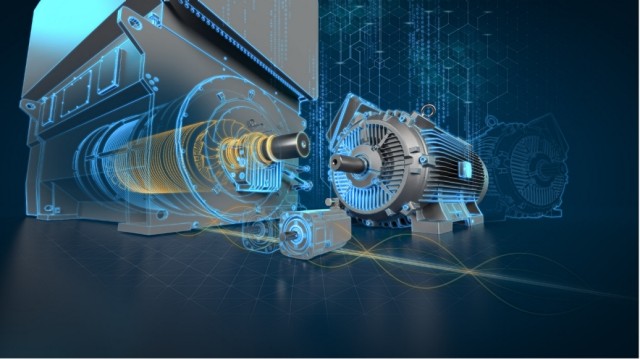The E2 Alliance is looking forward to unlocking energy-saving potential of 66.5 million kwh per year, which is equivalent to $62 million, by replacing old inefficient motors.
To date $7.3 million worth of energy has been saved, and greenhouse gas emission reduction of 54,535 MtCO2 achieved. The desired goal is to achieve 4,62,864 MtCO2 reduction annually. Since its launch, the E2 Alliance has enabled 6,520 motor replacements, and created a pipeline of 48,818 motor replacements.
The E2 Alliance for Industry (E2 Alliance) is a project executed by The Institute for Sustainable Communities (ISC) and Energy Efficiency Services Ltd (EESL). The project aims at increasing industrial energy efficiency in India through the accelerated adoption of more efficient motors.
Motors and Indian industry
The Indian industrial sector consumes 40 per cent of the total electricity, of which 60 per cent can be attributed to electric motors. Since there is still a large stock of low-efficiency motors in operation in the industry and given the predominance of motors in industrial processes, improving the energy efficiency of installed motor systems is a key way of increasing industrial technical efficiency. Incidentally, ISC has also been an active partner to EESL right from the conceptualization and in the implementation of the National Motor Replacement Program (NMRP).
IE2 class mandatory
The government made it mandatory to use IE2 class of motors effective October 2017, with a mission of replacing old and inefficient motors with IE3 class energy-efficient motors. However, there is still a large stock of low-efficiency motors in operation in the Indian industries that are of IE1 efficiency rating or below. ISC and EESL are taking it one notch higher to IE3 level (as the international markets are at IE3 level now), and are targeting IE4 by 2023. This will not only improve the productivity of the industries, but also save energy and reduce GHG emission.
Note: MtCO2 = million metric tonnes of carbon dioxide equivalent
(Featured photograph sourced from siemens.com is for illustration only)


